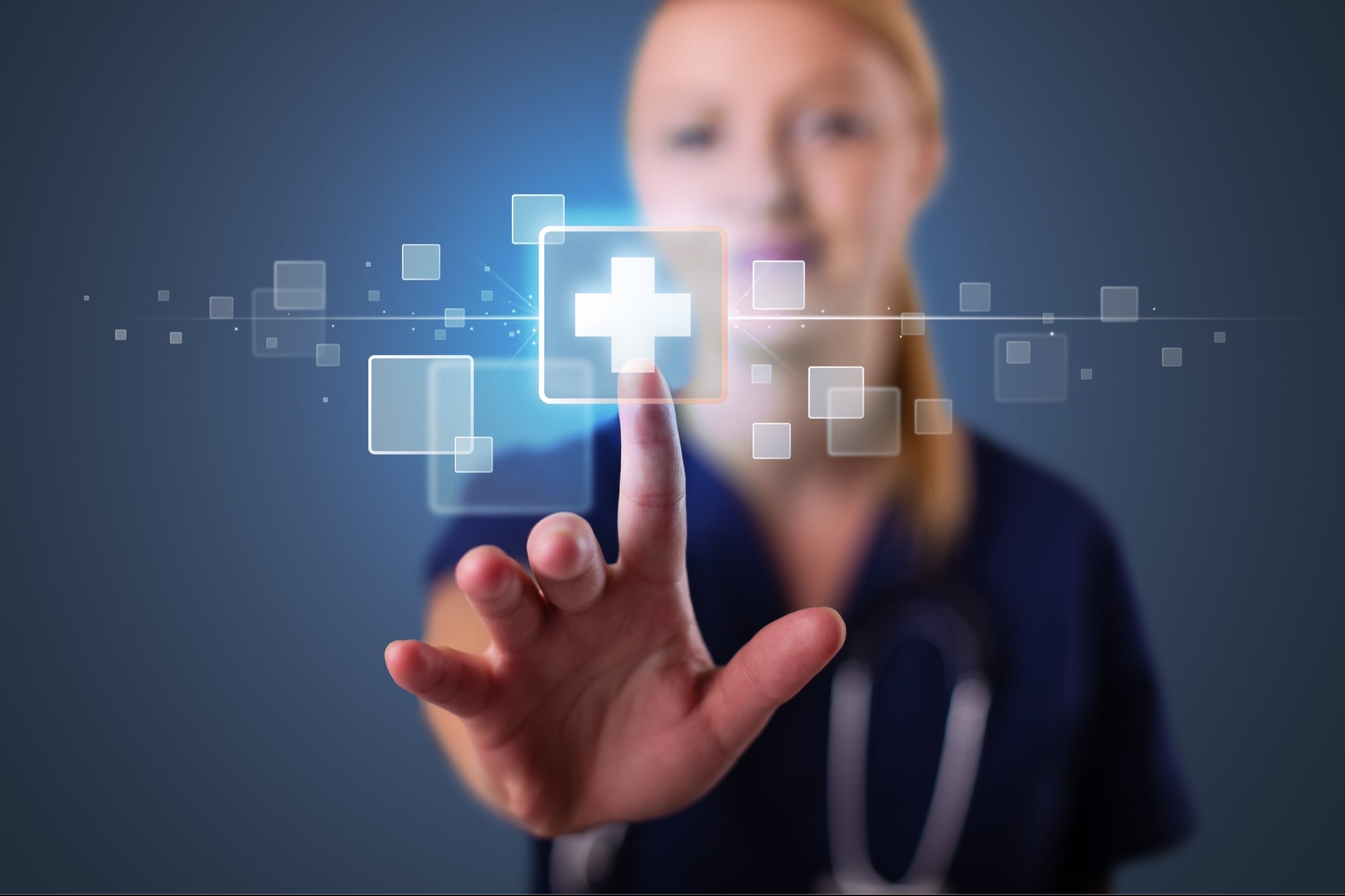When Next-Generation Caregivers Meet New Technology - 4 minutes read

Opinions expressed by Entrepreneur contributors are their own.
Every generation brings with it something new and different. broadly, and software specifically, is becoming more prevalent, of course, and the latest generation’s expectation of digital convenience is part of what sets it apart. Innovative software can benefit the industry as a whole, and individual patients immensely, so it's time to follow our newest generation’s lead to make care as efficient and effective as possible.
Put simply, this term refers to informational tech systems that are intuitive, accessible, flexible and smart. Uber and Instacart are good examples — that are easy to use, made to solve problems, and with interfaces that are very simple to navigate. Trouble is, healthcare tech does not have nearly the level of intuitive design that these boast.
From the moment software arrived in U.S. healthcare circles in the early 1970s, there was concern over how to train doctors to use it — over how to approach those used to paper charts. Today, this situation is actually reversed; Gen Z and millennials often need to be trained on how to use paper charts when electronic systems go down, and also contend with the hurdle of electronic healthcare systems being not nearly as easy to use as their everyday life smartphone and other apps.
This new generation brings with it an eagerness to embrace what digital can do; its members tend to welcome AI, lean into software and take advantage of the potential tech can bring. The hitch is that industrial software, including healthcare iterations, tends to lag behind consumer software. A common result is that much functionality in these products ends up not being utilized because it’s “clunkier” than users expect.
Gen Z and millennial healthcare workers use digital by default. They can figure out how to use products easily and are more likely to take advantage of their advanced capabilities. When we train nursing leaders on using an algorithm that predicts patient discharge time, for example, the ones familiar with technology instantly understood it and had a natural knack for utilizing its capabilities. These users also tend to look for possibilities — ask, “Can it do X, too?” They lean into tech opportunities instead of waiting for someone to tell them what can be done. For others, not as comfortable with technology, this algorithm served as a stress point. They worried not only about how to use it, but also about whether they would agree with its predictions, and what to do if there were discrepancies. These users can often regard software as a risk.
Given that healthcare technology is oftentimes not as intuitive or simple to understand as the apps we have on our phones, it’s imperative for program makers to adapt that software and deploy it for the generations now coming into their prime. Eight-hour trainings, for example, aren’t the best setup for these groups — ones that intuitively understand and use apps. Instead, software makers should demonstrate a few key features and then let users run with them.
Our industry’s technology can be clunky, it’s often made without caretakers and healthcare workers in mind. To remedy this, developers should be in the trenches with those they make products for… nurses, caretakers and other medical professionals. They need not just input about products, but to walk with the people using them and observe the entire user/results process from their point of view.
Caretakers who use technology need products to work seamlessly and intuitively, and it’s time for software developers to operate and serve at a modern pace. A brave new world of healthcare workers is ready for it, and expects it.
Related: App Development and The Healthcare Industry: The Eight Important Factors
Source: Entrepreneur
Powered by NewsAPI.org